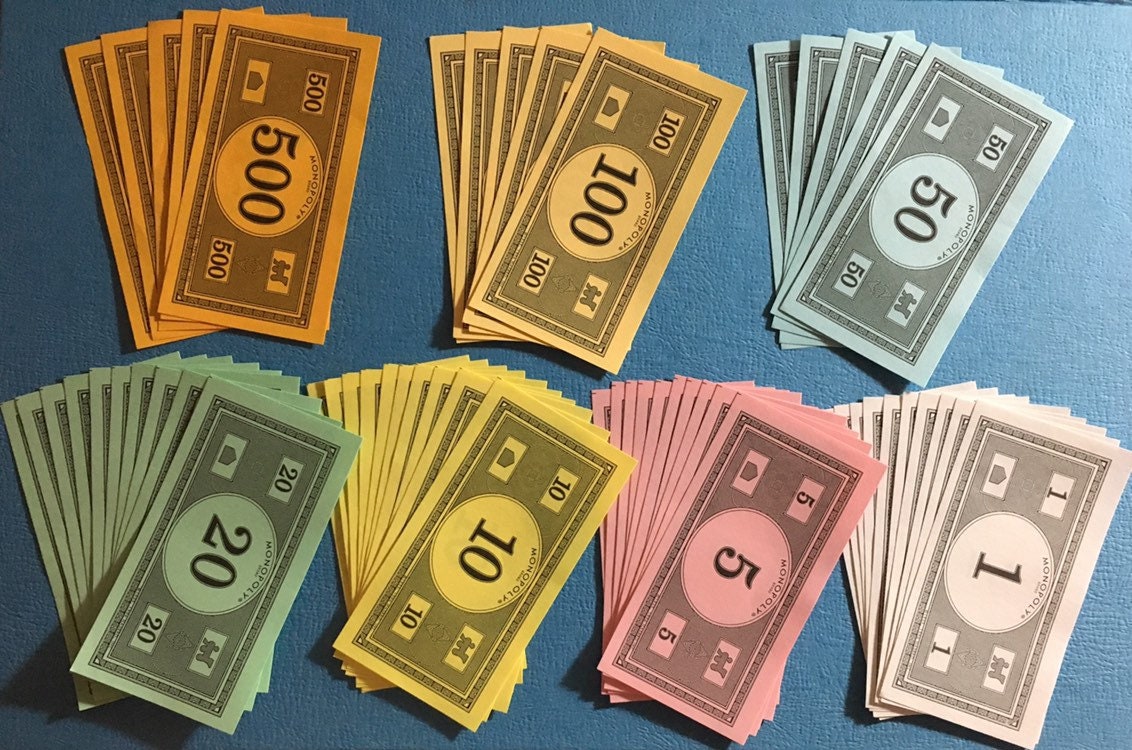:strip_icc()/GettyImages-1390275521-17ac0280256e4687a862ba53775d9cc4.jpg)
Recently, a research team from the U.S. National Institutes of Health looked into whether men and women have different reactions to hot and cold ambient room temperatures. According to one news report, the study concluded that there were “very slight gender differences in temperature perception of a room at ambient conditions and very few gender differences in physiological response to a perceived chill.”
“Very slight gender differences”? Is this what passes for science these days?
You can read about how the study reached that erroneous conclusion, but all I can say is that they ran the wrong kinds of tests. If they had attempted more practical, real-world analysis, they would have reached the correct conclusion: women tend to be far more sensitive to cold than men, and it really isn’t even a close question. Here are three obvious tests that the research team should have included in their study:
The Office Space Heater Test. Surprisingly, the research team did not ask which gender is more likely to have a space heater in their office. Based on personal experience, I’d say it’s got to be women, by a factor of about 999 to 1. In some of the offices in our firm, space heaters are cranked up to maximum output and it is so hot you could grow African violets in there, and the female occupants are nevertheless complaining of the cold.
The Sweater Test. Another obvious oversight was the failure of the research team to go into the closets of study participants, count the number of sweaters they owned, and evaluate the bulkiness of those sweaters. I think that exercise in the scientific method also would have yielded a clear result: women tend to own more sweaters, and bulkier sweaters, and wear them more often.
The Fleece Blanket Test. In the most egregious omission, the study did not conduct a simple but conclusive experiment: put a study participant on a couch in front of a TV in a reasonably cool room, put a folded fleece blanket on the couch, and see whether men or women are more likely to use the fleece blanket. A reasonable follow-up would be to again look at where the study participants live and count how many fleece blankets they own, and whether they are strategically positioned in every room.
This kind of news story does raise troubling questions about the validity of the scientific research results we are getting these days.



















